Spray on Vapor Barrier
ipingfreely
14 years ago
Featured Answer
Sort by:Oldest
Comments (8)
macv
14 years agomacv
14 years agoRelated Professionals
Fayetteville Architects & Building Designers · Ferry Pass Architects & Building Designers · Pacific Grove Design-Build Firms · Lincoln Home Builders · Puyallup Home Builders · Bay Shore General Contractors · Beloit General Contractors · Coffeyville General Contractors · Florida City General Contractors · Hanford General Contractors · Perrysburg General Contractors · Port Huron General Contractors · Sauk Village General Contractors · Toledo General Contractors · West Mifflin General Contractorsmanhattan42
14 years agomacv
14 years agomacv
14 years agostoman_atlanta
14 years agoworthy
14 years ago
Related Stories

MATERIALSInsulation Basics: What to Know About Spray Foam
Learn what exactly spray foam is, the pros and cons of using it and why you shouldn’t mess around with installation
Full Story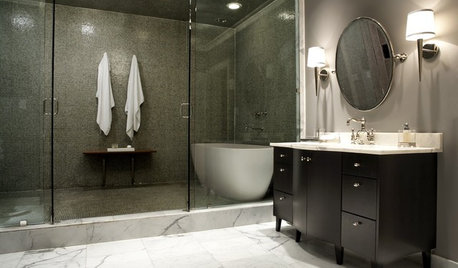
BATHROOM DESIGNHow to Choose Tile for a Steam Shower
In steamy quarters, tile needs to stand up to all that water and vapor in style. Here's how to get it right the first time
Full Story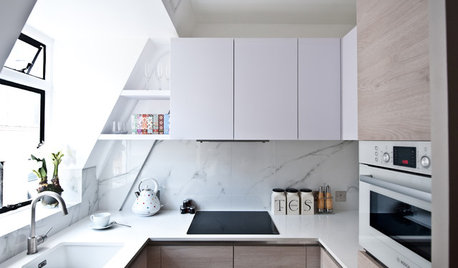
THE HARDWORKING HOMESmart Ways to Make the Most of a Compact Kitchen
Minimal square footage is no barrier to fulfilling your culinary dreams. These tips will help you squeeze the most out of your space
Full Story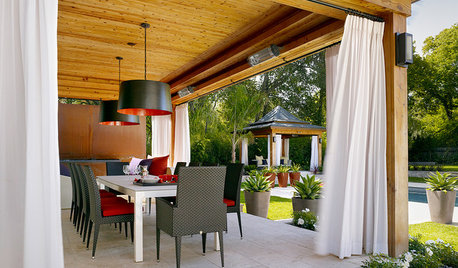
PATIOSGet Backyard Privacy the Subtler, Stylish Way
Why settle for a hulking brick wall when plants, screens and other refined backyard dividers do the job with panache?
Full Story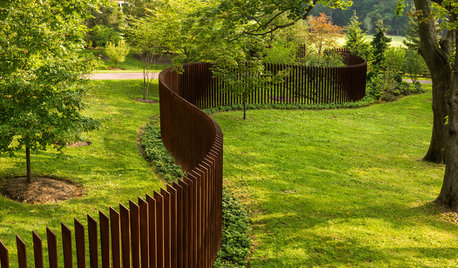
FENCES AND GATES12 Delightfully Different Garden Walls and Fences
If pickets seem picked over and you shrink from chain link, try these full-of-personality fencing alternatives
Full Story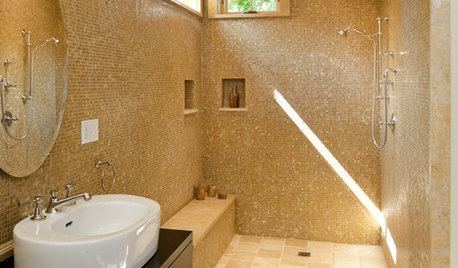
BATHROOM DESIGN8 Tips for Creating Your Own Wet Room
Warm up a room full of tile with color, light, texture and wood
Full Story
REMODELING GUIDESCool Your House (and Costs) With the Right Insulation
Insulation offers one of the best paybacks on your investment in your house. Here are some types to discuss with your contractor
Full Story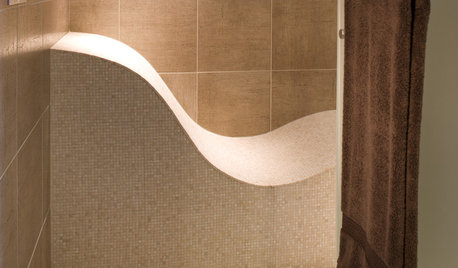
REMODELING GUIDESTop 10 Tips for Choosing Shower Tile
Slip resistance, curves and even the mineral content of your water all affect which tile is best for your shower
Full Story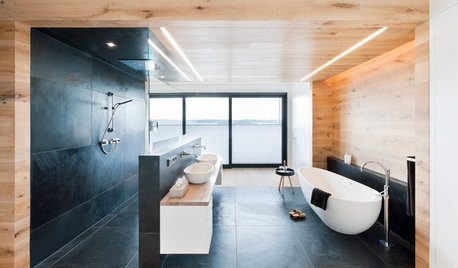
BATHROOM DESIGNDream Spaces: Spa-Worthy Showers to Refresh the Senses
In these fantasy baths, open designs let in natural light and views, and intriguing materials create drama
Full Story
GARDENING GUIDESGreat Garden Combo: 3 Wonderful Plants for a Deer-Resistant Screen
Protect your privacy and keep deer at bay with a planting trio that turns a problem garden area into a highlight
Full StoryMore Discussions






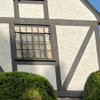



ipingfreelyOriginal Author